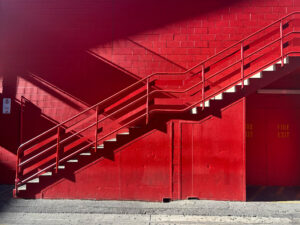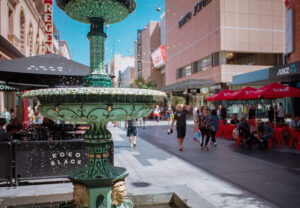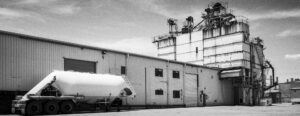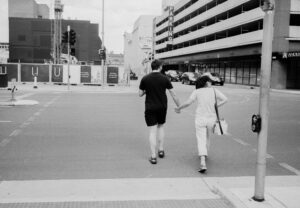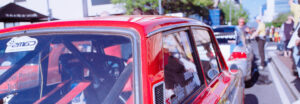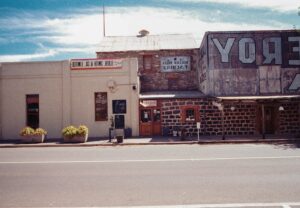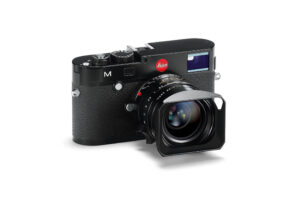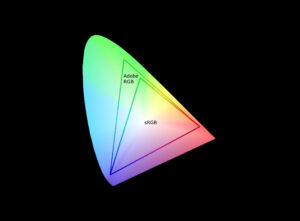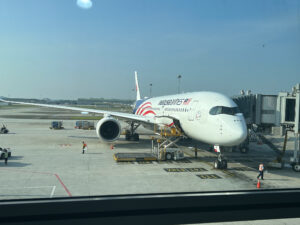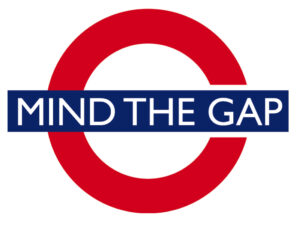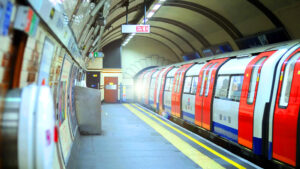By sharing the history of the Wall of Death and Block 11, we honor the memory of those who suffered and remind ourselves of the resilience of the human spirit in the face of unspeakable evil. The Wall of Death at Auschwitz stands as a haunting symbol of the atrocities committed during the Holocaust. Located between Blocks 10 and 11 in the Auschwitz I concentration camp, this execution wall witnessed the loss of thousands of lives and is a chilling reminder of Nazi brutality.
Location of the Wall of Death in Auschwitz 1
The Wall of Death, also known as the “Black Wall,” was situated in the courtyard between Block 10 and Block 11 at Auschwitz I. This area was carefully concealed from the view of other prisoners, ensuring that the executions carried out there remained isolated acts of terror. The wall itself was constructed from wooden panels painted black, designed to absorb bullets and reduce ricochets during shootings.


Today, the courtyard and remnants of the Wall of Death are part of the Auschwitz-Birkenau Memorial and Museum, where visitors can pay their respects to those who suffered and perished.
The Operation of the Wall of Death
The Wall of Death served as a site for executions, primarily by firing squad. Prisoners condemned to death were often brought here after enduring brutal interrogations and torture inside Block 11, the camp’s prison block.
Many of the victims were political prisoners, members of the Polish resistance, or individuals accused of aiding escape attempts. They were sentenced in sham trials held by the SS, with punishments meted out for even the slightest perceived resistance to Nazi rule.
Before execution, prisoners were stripped of their clothing and led to the wall, where SS officers carried out the killings. The process was methodical and designed to instill fear among the camp’s inhabitants.
How Many People Died at the Wall of Death?
It is estimated that thousands of people were executed at the Wall of Death. While exact figures are difficult to determine due to the Nazis’ systematic destruction of records, historical accounts and survivor testimonies suggest the number could exceed 5,000 victims.
Block 11: The “Death Block”
Block 11, adjacent to the Wall of Death, was the administrative center for punishment within Auschwitz I. Known as the “Death Block,” it housed prisoners awaiting execution and those subjected to torture or extreme punishment.
Block 11 contained punishment cells, including standing cells where prisoners could neither sit nor lie down. It was also the site where experimental uses of Zyklon B were tested, marking the beginning of the Nazis’ industrialized genocide.
The block’s lower levels were often used for interrogations, where prisoners endured unimaginable suffering before being marched to their deaths.
Commemoration and Reflection
The Wall of Death remains a solemn site for visitors to Auschwitz-Birkenau, serving as a place to remember the victims and reflect on the horrors of the Holocaust. Flowers and candles left by visitors speak to the enduring impact of this history on the collective memory of humanity.
Visiting this site is a sobering reminder of the importance of education, remembrance, and the commitment to ensuring such atrocities are never repeated.




